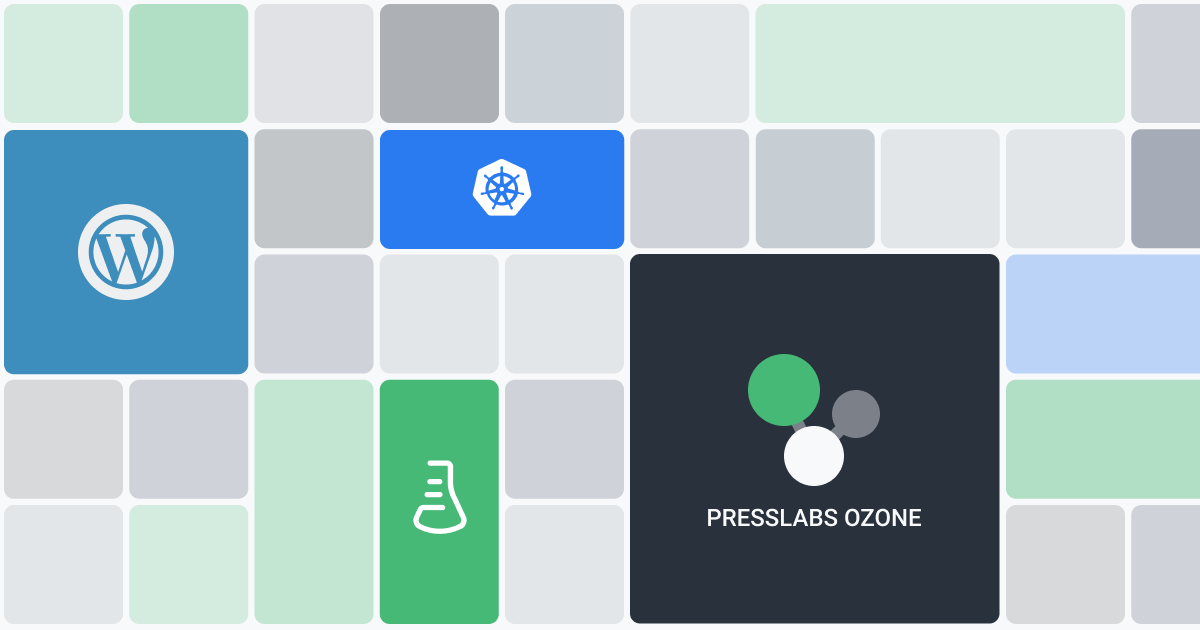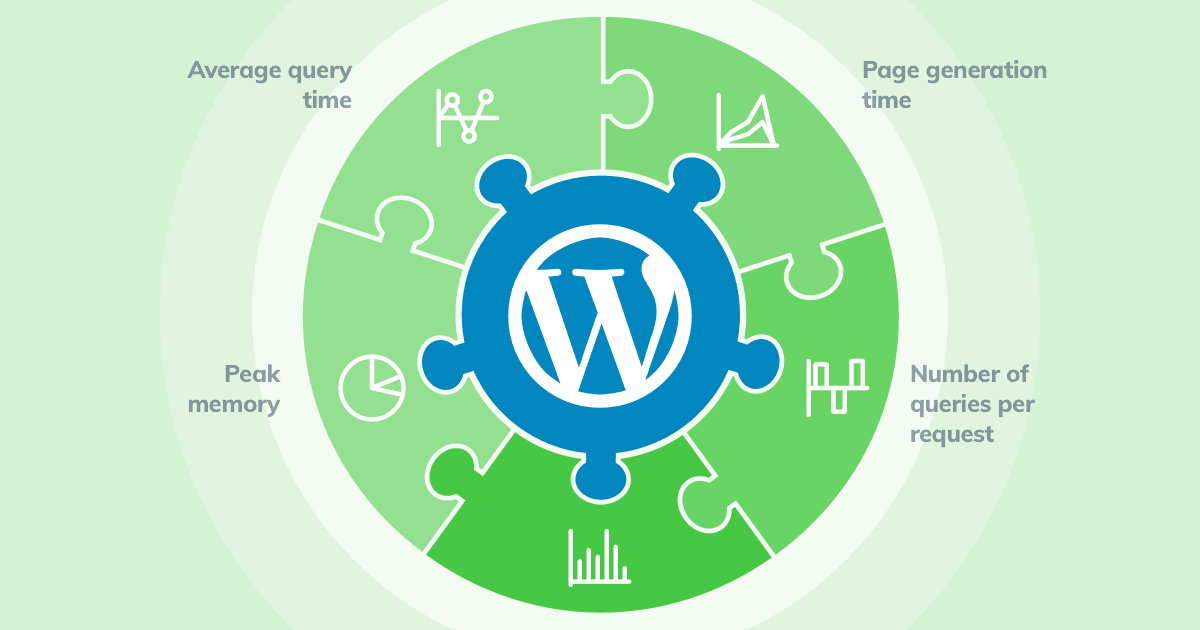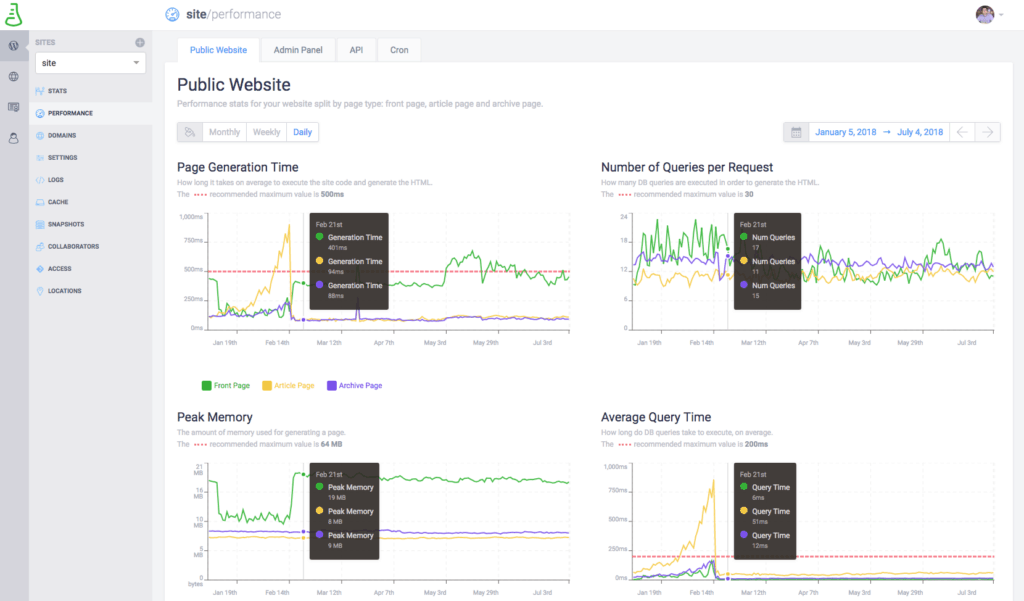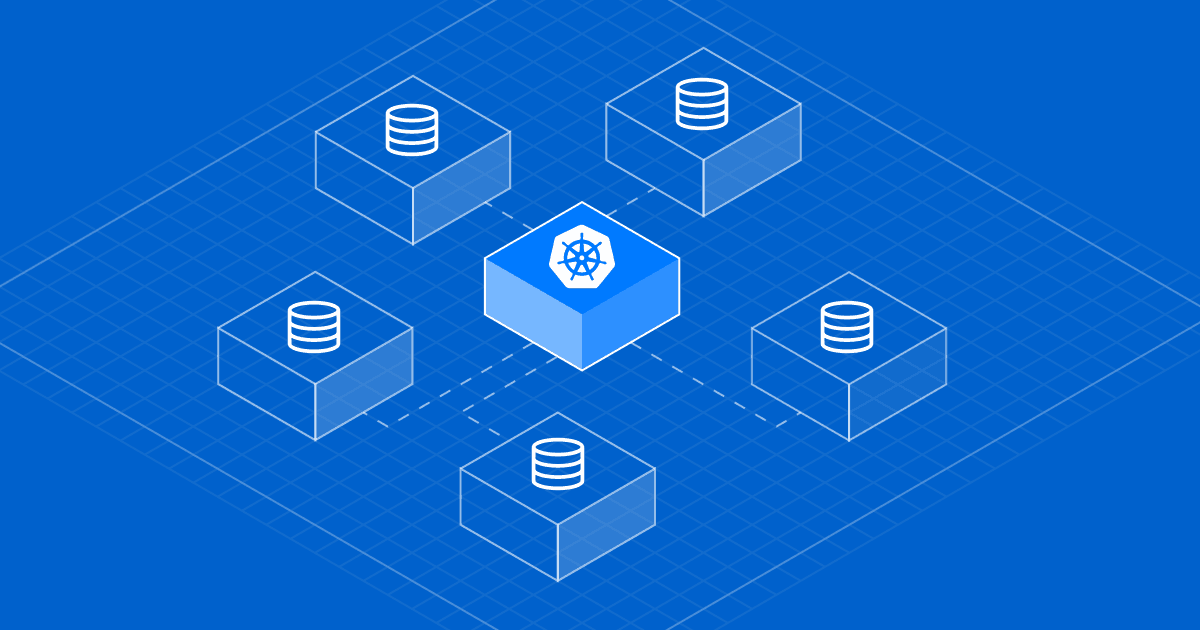

“Business intelligence results will increasingly be achieved by IT solutions that are specific to particular industries and decisions within them.” – Thomas H. Davenport
#The importance of analytics for website owners
Over-simplifying commonly known attributes could help us get to the intersection point of WordPress Intelligence and Data Analytics a little bit faster. To exemplify my point of view, I will use two essential types of web properties and/ or businesses built on WordPress:
- those that sell good or services
- the buyers and sellers of ads
Closely following, I will address the common denominator for the success of both types of businesses as “conversion rate”.
As a business manager that covers either of the two types, you would normally want to lift all obstacles in your way to user conversion. Namely, to convert, a site must check as many of the following criteria, regarded at times as opportunities:
- Available – not only existent, but also easy to find, as without it there’s no business
- Working – ensuring the execution of all of the users’ requests, with as little errors as possible
- Fast – if users don’t receive a response in reasonable time, they’ll most probably do something else
- Usable – how easy it is for users to guess and accomplish what and how they intend to do
- Appealing – besides esthetic considerations, a general feeling of continuous improvement
- Reachable by search – SEO / SERP not only for the Google rank, but also as a factor that directly contributes to building trust
- Shareable – it’s a good feeling when users get what they want, even better when the experience gets shared and rated on social networks
- Credible and secure – handling not only what is visible to the user, but also the exchange of information with third-party services that keep the website up and running.
To follow a simple line – the users need to find the site, be able to pay it a visit, and if they like what they see, convert and, ideally, tell other people about it.
On the other hand, there are also common threats for WordPress site owners:
- Declines in search traffic as a result of algorithm changes, thus directly proportional drops in SERP
- Overseen or imminent hacks and security issues resulting in blacklisting, flagging and other penalties
- Outages during peak usage time such as ad campaigns, discount product campaigns or product launches, mentions on high-profile sites or virality on social networks
- Temporary suspensions of social profiles due to users reporting.
At the root cause of these threats, more often than not, there can be issues which are not identified or properly addressed over time, due to information not arriving in time or information deeply hidden and difficult to analyze.
In today’s digital world, the main reference points for WordPress site owners are the mighty Google and the social networks, with their rank and reach algorithms. Here, the most common sources of data for WordPress site owners are represented by Google Analytics and Google Webmaster Tools, now Search Console.
Since keyword data has moved from the free and friendly Analytics to Secure Search Console, there is a degree of delay in rendering the data and making it available to the eyes of the webmaster. They do not convey all the crucial information, definitely not on time, and most probably only when undesired consequences are already active.
Let’s take as an example a web shop where the owner has set a web monitoring service to alert him with a “200 HTTP OK” page if the site frontpage is not responding. It’s difficult to set third-party notifications for all the pages, especially for properties that nowadays have thousands, if not tens of thousands of pages. The owner cannot manually monitor all the pages of the site; this implies that they will know only a part of the truth about how available the site is to its own users.
Subsequently, monitoring the technical parameters of the site across its entire surface and at all times generates visible behavior patterns which would make data-driven actions possible before the issues become critical. Imagine having the information at hand, preferably in a visually aggregated form, for the entire the site, continuously available—all these conditions would make the life of a digital business owner less stressful and his work more efficient.
Furthermore, we should be talking less of thresholds and alerts and more about trends and tendencies because, in such a fast-paced, data-driven world, this could be the key to saving time, reducing costs and limiting losses.
To forecast behavior is critical. It’s just as important to discover the factors that impact website performance. However complex locating the source can be, without a wide and continuous overview, troubleshooting becomes a search for the needle in the haystack.
Another decisive aspect that a digital property owner should be aware of is knowing not only his target audience and users but also the members of his own team, developers, designers and marketers alike. What customers are doing is directly reflected in revenue, yet what developers and designers are doing is reflected in the customer behavior, thus indirectly in the revenue.
It’s vital to know how service providers behave and to have at all times an overview of how they are executing the service they are contracted to do. To pick another example, in our case it’s the hosting service provider.
Technically managing a site without tracing factual metrics is like driving a high-speed car in the middle of the night, with headlights turned off.
These are the considerations that have led us to our A-HA moment when we realized that we, as hosting providers, lie on a trove full of valuable data for our customers. So we decided to make this data available to our users and take a bold step towards openness by monitoring our own quality of service and becoming increasingly transparent. It’s worth mentioning before we dive into this topic that such a feature should not overlap with existing services such as Analytics, which users are already used to.
Counting, aggregating and consolidating data directly from the place where it has been generated, namely web logs, makes sense for all stakeholders and comes naturally in a direction also confirmed by Thomas H. Davenport in his timeless piece:
“All of a sudden it’s about integrated analytics within applications,” he says. “The conversation is starting to shift to looking at information in the context of specific decisions and roles.”
#Web analytics vs business intelligence
Thomas Davenport’s conclusion brings us closer to our next argument that hopefully will help us locate the intersection point. We start by analyzing how this set of features should be called, and the most appropriate name would be business intelligence.
Data stays at the foundation of proper business decisions. In the WordPress context, this may very well address the work quality and outcomes of development partners, marketing firms, PPC companies, web design companies—this could mean revamping a site theme, but also deciding on code selection, such as the impact of a new plugin installation on the website.
It does take a certain amount of courage to accommodate features in the fancy family of BI. There are some interesting discussions about the qualification of the ubiquitous Google Analytics as a BI tool. We say it does, as it represents the base of many site owners’ decisions. And there are significant reasons why Analytics is similar to Business Intelligence. Furthermore, we’ve seen lately a feature called Analytics Intelligence, which hints at the future direction of the tool.
The data we process and make available in visual representations comes as a complement to Google Analytics, providing data that simply cannot be extracted by GA using its JS integration on websites. The way we assemble the data generated by WordPress site usage is related to business intelligence because of the purpose and mostly due to the final result, which is actionable information regarding the site performance.
Tooling distribution is yet another challenging aspect for WordPress site owners. For example, one of our clients makes use of more than 60 tools on a daily basis. Assuming that data these tools need to recover data and guess-reconstruct it could be quite close to the truth. So why not use freshly collected data? A lot of data goes by the drain, without being analyzed properly.
More than that, in the context of GDPR, we all need to pay more attention to how data is handled and processed. We’ve already said this is for the good. GDPR is merely an event which probably gave raised more awareness on the importance of responsible data collection. Technical data spread in logs definitely needs to be identified and properly separated from personal data—after all, it should not impede creating business value from information that normally goes down the log sewage.
At Presslabs we’re continuously analyzing and consolidating WordPress enriched access logs. Here is what we extract and plot from the log data that we enter in a so-called Big Data processing when speaking of usage logging:
Usage
- Pageviews split by mobile and non-mobile
- Bandwidth usage split by main domain and CDN domains
- Frontend, CDN and backend responses grouped by response codes: 2xx, 3xx, 4xx, 5xx
- AJAX request count
- Cache hit, cache miss, cache expired requests
- Bot traffic distribution: Google Bot, Media partners bot, Facebook bot, Twitter Bot, other bots
- Usage statistics can be compared with each other
- The time interval can be set up to 24 hours, with a granularity of up to 5-minute resolution for all the metrics.
Performance
- Performance metrics for the public site, split by page type: front page, post page, and archive page
- Performance metrics for the WordPress dashboard, API, and Cron
- Page generation time
- Number of Queries per Request
- Peak memory used for generating a page
- Average query time
- Slow query count.

Bells are rung only when something goes down, be it revenue, search traffic or other metrics we live by. This has to change and we are already working on encouraging our clients to adapt to the new way.
Avoiding these scenarios is possible by making use of more sensible metrics, which get “triggered” before the hard pressing ones. We can use as an example here how front-end response codes and distribution over time of error response codes can help users anticipate a drop in search rank.
However, the ultimate power lies in the correlation of these metrics. Also, data gathering needs to cover the entire scope of data, not just a sample.
We say business intelligence means measuring and organizing visually in order to perceive trends and avoid crossing thresholds. It also involves much more than plotting values against a timeline.
#Business Intelligence in the WordPress context
Take it the other way around: what happens when you are not able to visualize your data?
Firstly, development teams take more time to troubleshoot and find the issues in the code, on the site performance which has serious consequences on your revenue. More time spent on fixing unknown problems translates into higher costs and greater losses occurring during troubleshooting the root issue.
We know for sure that third-party data collecting scripts are not capable of properly replacing log data processing. It’s like not holding your own version of truth regarding your site data—you don’t really know your site this way. What data actually belongs to a site, is worth storing and also legally conservable at the same time is another vast topic. For instance, when a site migrates to a new hosting service, it’s highly likely that its historical usage data such as logs, be it anonymized to comply with GDPR or not, gets lost. This is just one aspect that requires special handling, and there are many more.
Business Intelligence for WordPress, on a managed hosting platform needs to evolve from just crunching usage data such as bandwidth consumption, like we’ve said in our manifesto back in January.
In e-commerce the need for technical behaviour information is even more important than in publishing environments, where revenue is indirect, whereas in woocommerce websites measuring is essential.
Timing is of paramount importance for independent electronic commerce sites which have a complex mission to compete with the industry giants who tend to ingest global commerce. A situation in which a product is available for purchase in a single place is just too good to be true.
The user which was lost can be lost for good; they will not check back if they had a good experience somewhere else.
Here are the current options for WordPress intelligence:
WordPress plugins are good resources as long as you keep an eye on certain aspects such as:
- Plugins maintenance
- The weight they add to the system
- The power to cover the entire spread of the site
- The capability of becoming helpful tools rather than extra matters to take care of.
Third-party services such as New Relic can be really helpful, with some observations:
- The price matters
- There is a need for a specialized professional to interpret data and prepare it for the site administrator
- A dexterous developer has to properly operate, aggregate complex data and narrow down to WordPress
- It’s a suitable alternative in small numbers.
Hosting providers
- Mostly collect and consolidate usage data
- No real alternative for now.
We think that it’s not a comparison, but rather a fact-checking exercise to get you updated on the way we operate:
- There is no need for a specially designated tech person to explain to a decision-maker what the graphs say
- We make use of all usage data; nothing gets lost down the drain
- The data stays yours (we have clear legal track of it) and does not get spilled to third-party services
- Our hosting platform is highly specific to WordPress, so you don’t need generic use cases (well, WordPress is not a niche anymore, it’s THE CMS)
- The path from data crunching to decision is short and acting upon it is simple and straightforward
- We correlate data and give it new meanings, relevant to the site owner and their development team.
As a WordPress-based digital business owner, it’s not enough to know that WordPress is a continuously growing technology. You need more and more data to stay competitive; in order to do this, it’s logical to stick with using a technology that on top of a massive adoption rate also provides fine insights and supports business decisions.

